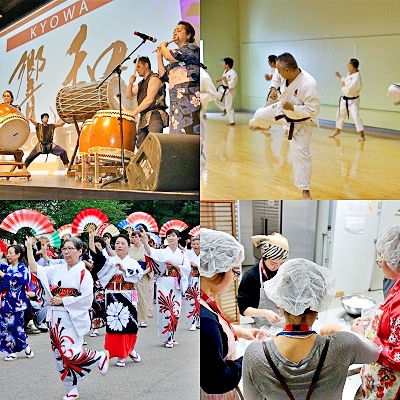Japanese Canadian: A Story of Hope, Resilience and Growth
Part 1: Early Immigration
Japanese immigration to Canada began in 1877 with the arrival of a 19-year-old sailor named Manzo Nagano. He was the first documented Japanese to settle in Canada. By 1901 this number had increased to almost 5,000 migrants.
Most immigrants from Japan during this time were young, single males from economically depressed farming and fishing villages who had traveled to Canada in hopes of amassing their fortunes and returning to Japan. Around half came from four heavily populated prefectures: Hiroshima, Shiga, Wakayama and Kagoshima.

Part 2: Pre War Years
At the beginning of the 20th century, the Japanese in Canada were concentrated in British Columbia. Before World War II, 95% were living in this province. Japanese labourers often moved throughout BC as they found jobs in fishing, farming, mining, and lumbering industries.
Small communities were formed throughout the province, including fishing villages such as Steveston, BC, sawmill towns on the Pacific coast and on Vancouver Island, as well as farming communities in the Fraser and Okanagan valleys. Yet a third of the population resided within 60 km (40 miles) of central Vancouver and a self-contained enclave developed along Powell Street in downtown Vancouver, adjacent to Vancouver’s Chinatown. This locale became a central hub for many Japanese immigrants and it provided housing and services for the Japanese population in Canada.
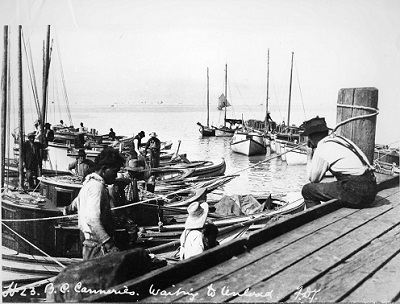
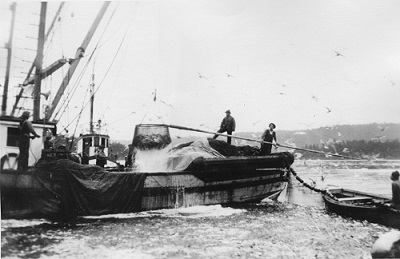
Part 3: Facing Racism
The Japanese communities in British Columbia existed within a largely hostile, predominantly white community. In 1895, the British Columbia government changed the provincial elections act to deny Japanese and their Canadian-born offspring the right to vote. The Chinese had previously been denied voting rights in 1885. Due to these restrictions Asians were also excluded from participating in municipal and federal elections, holding public office, becoming lawyers, pharmacists, architects, and chartered accountants, since these positions were open only to those registered on the provincial voters’ list. These are some of the many restrictions placed on Asian immigrants and their Canadian-born children.
Asians were often portrayed as threats to the province’s ethnic “purity” and to the economic security of white Canadians. As well, they were believed to be inassimilable and undesirable for permanent settlement in the country. Anti-Asian sentiments reached a high point in 1907 when a mob of Anti-Asian demonstrators swept through Vancouver’s Chinatown and into the nearby Japanese area. The riot took Vancouver police four hours to control and caused thousands of dollars worth of damage to Chinese and Japanese homes and shops.
Following the riot, the Canadian government sent the Minister of Labour at that time, Rodolphe Lemieux, to Tokyo to meet with the Japanese government. The result was the 1908 Hayashi-Lemieux “Gentlemen’s agreement” wherec Japan voluntarily limited migration to 400 agricultural labourers or domestic servants per year.
After the 1908 Hayashi-Lemieux agreement, the structure of the Japanese community began to change as women began arriving from Japan in significant numbers. The wives of those already living in Canada were initially not counted among the quota of 400 people per year allowed to immigrate to Canada. Some women were brought by husbands who returned to Japan to find a wife, but many arrived as ‘picture brides’ where they were married by proxy in Japan to men living in Canada. Subsequent revisions of the “Gentleman’s agreement” would include women and children within the quota as well as increasingly limit the numbers of those allowed in Canada.
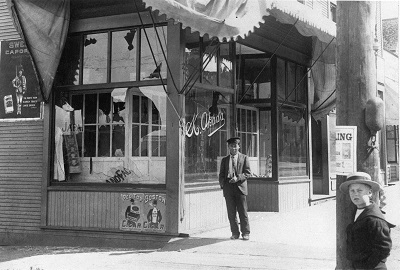
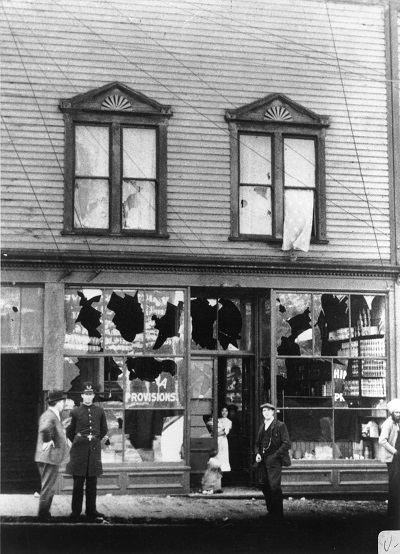
Part 4: World War II and Internment of Japanese
On December 7, 1941, Japan attacked the American naval base at Pearl Harbor and the British colony of Hong Kong. Soon after, 1,200 Japanese Canadian fishing boats were impounded and Japanese newspapers and language schools were shut down. Only the English-language newspaper, “The New Canadian” was allowed to continue.
In the months that followed, the government used the War Measures Act to remove men, women and children of Japanese ancestry from the ‘defense zone’ of 160 km (100 miles) from the B.C. coast. As a result, almost 22,000 of the approximately 24,000 people of Japanese descent living in Canada were removed from their homes and distributed to various locations across Canada. Seventy-five percent were Canadian citizens. Many spent the war years in ‘ghost towns’ and hastily created camps in the interior of B.C, such as: Lemon Creek, Kaslo, Slocan City, New Denver, Tashme, etc. Others were allocated to sugar-beet farms or other farming communities in Alberta and Manitoba or road camps or industries in Ontario.
In addition, approximately 700 men were interned in POW camps in Ontario, first at Petawawa, then Angler. Many of these men were second generation Japanese Canadians who had opposed removal from the coast, mainly because they objected to the government’s policy of separating families.
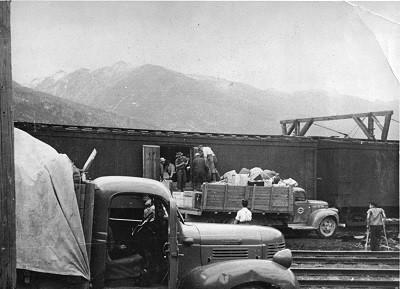

Sedai - Mits Sumiya Prisoner of War from Sedai on Vimeo.
While they were being distributed across Canada, the Japanese were required to sign their property and belongings over to the Custodian of Enemy Property.
These possessions (including homes, land and businesses) were subsequently sold beginning in 1943. This was done without the permission of the owners, at a fraction of their actual value. The proceeds of these sales were used to pay for the living expenses of the internees.
As the war neared its end, it became clear that the Canadian government wanted to prevent the reestablishment of the West coast communities. Japanese Canadians were given two options: they could either accept paid passage to Japan or they could re-establish themselves east of the Rockies. In the end, almost 4,000 people were sent to Japan. About half were Issei. With the departure of this group the Japanese community in Canada lost an important link to their ancestral homeland. The other half was Canadian born. Many were dependent children with little choice but to go with their parents.
Those who chose to stay in Canada were again uprooted from the B.C. communities where they had settled during the war years and had to re-establish themselves in Central and Eastern Canada. It was not until 1949, four years after the end of the war, that the last of the wartime restrictions were removed and Japanese Canadians were allowed to return to the West Coast. In 1949, Japanese Canadians were granted the right to vote in British Columbia. Prior to this, and affecting British Columbia's decision, Japanese Canadians were granted the right to vote Federally in 1948, but this decision was not effective until April 1, 1949.
Part 5: Rebuilding a Community in Toronto After the War
In 1967 new immigration regulations allowed immigrants to enter Canada based on factors such as skills and occupational demand rather than being determined solely by country of origin. This brought many new immigrants from countries outside of Europe, especially from Asia. But, unlike other Asian countries, Japan has sent relatively few recent migrations to Canada. Of the total population of immigrants who arrived in the country after 1970 less than half a percent were from Japan.
Despite their small numbers, the new immigrants add much to the richness of the Canadian population. The post-WWII immigrants are similar to the first arrivals in that they are predominantly young adults who have families after they come to Canada, but unlike the early immigrants, they are highly skilled professionals and workers from Japan’s industrialized, urban middle class. Furthermore the gender difference is very different from the earlier immigrant streams. Women currently make up the majority of the new arrivals from Japan. They are typically highly educated and often find work in the arts or social service sector. They tend to settle in major Canadian cities and marry men of non-Japanese background, further increasing the multi-ethnic nature of the contemporary Japanese Canadian community.
In 1977, Japanese Canadian community celebrated the centennial of the arrival of the first documented immigrant from Japan, Manzo Nagano. Cultural activities and events were held in communities across Canada contributing to a renewed sense of ethnic pride. Around the same time, researchers were gaining access to World War II government files and historian Ann Gomer Sunahara discovered documents proving that neither the RCMP nor the military had viewed the Japanese Canadian west coast community as a military threat. Rather the files showed that the uprooting was a political move to accommodate racist politicians in British Columbia. This new knowledge and the renewed interest in Japanese Canadian heritage helped break the silence surrounding the internment, stimulating talk of seeking ‘redress’ to compensate for wartime losses.
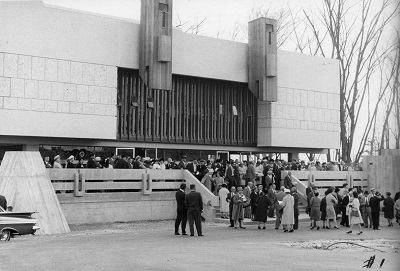
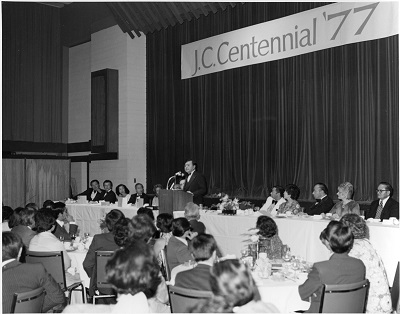
Part 6: Redress Movement
The redress movement of the late 1970s and 1980s was spearheaded by the Nisei and young Sansei as well as Issei and shin-ijusha (new immigrants) that made up the National Association of Japanese Canadians (NAJC). The NAJC was the organization that negotiated the redress settlement on behalf of the Japanese Canadian community. After a ten-year struggle gaining community as well as the mainstream public’s support, the National Association of Japanese Canadians successfully negotiated a redress settlement in 1988.
The Redress settlement was announced in Parliament on September 22, 1988. It included: an acknowledgment of the injustice of the wartime events; individual payments of $21,000 to eligible Canadians; establishment of a community fund of $12 million; clearing of criminal records for those charged under the War Measures Act; restoration of Canadian citizenship to those exiled to Japan; and the creation of the Canadian Race Relations Foundation, which was established in 1997.
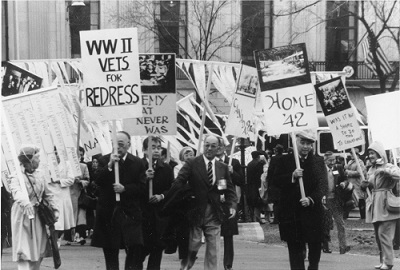
Part 7: Japanese Canadian Community in Toronto Today
In 2001, 85,230 people in Canada identified themselves as being ethnically Japanese (around 0.2% of the Canadian population) Of this number almost 40% listed Japanese as only one of multiple ethnicities. This attests to the high intermarriage rate among Japanese Canadians. In 2001, Japanese Canadians had the highest intermarriage rates of all ‘visible minority’ groups in Canada. Seventy percent of all couples involving a Japanese partner were mixed unions.
In addition, contemporary Japanese Canadians are typically well educated, having a higher percentage with university degrees and lower percentage without a high school diploma than the total Canadian population. There is also a greater proportion of Japanese Canadians in professional or managerial occupations than the general public, and their average incomes tend to be higher.
In many ways, the Japanese Canadian Cultural Centre in Toronto has become a second home for Japanese Canadian community to meet and celebrate their heritage. Today, visitors to the cultural centre are comprised of the multi-ethnic and multi-national inhabitants of Toronto and beyond where they look forward to participating and experiencing the rich history and cultural heritage of Japanese Canadians in a space that puts an emphasis on diversity and inclusivity.
